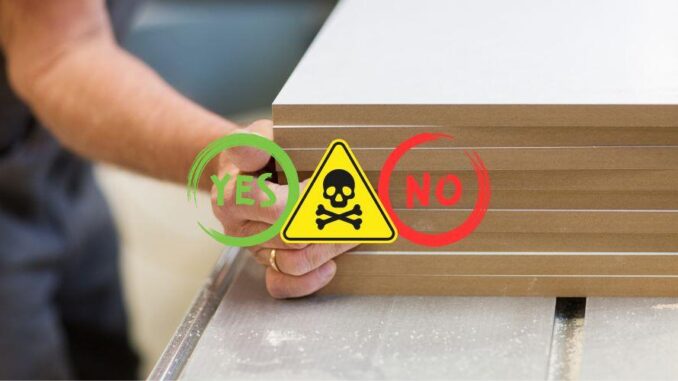
Plywood is one of the most commonly used materials in construction, furniture making, and home improvement projects. It’s known for its versatility, affordability, and strength. However, as it becomes more widely used, a question has emerged: Is plywood toxic? This concern is particularly relevant for homeowners, builders, DIY enthusiasts, and eco-conscious consumers alike. Whether you are looking to remodel your home or simply want to improve your workspace, understanding the potential hazards associated with plywood is crucial.
The main question, is plywood harmful to health, is on the minds of many. The short answer is that not all plywood is harmful, but some types can pose risks due to the chemicals used in their production. In this article, we’ll explore the potential dangers of plywood, the role of harmful substances, and how you can make safer choices when using this widely accessible material.
What is Plywood Made Of? The Composition Breakdown
Before diving into the safety aspects of plywood, it’s essential to understand what exactly it is and how it’s made. Plywood is a type of engineered wood product that is made by gluing together thin layers or veneers of wood. These layers are arranged with their grain direction alternating, which enhances the strength and stability of the plywood. The layers are pressed together under heat and pressure to form a solid sheet.
But while the wood itself is natural, the adhesive used in plywood production can be a source of concern. Most plywood is made with formaldehyde-based resins. It’s not the wood that raises health concerns but the glue and other chemicals used to bind it. The use of formaldehyde-based adhesives can lead to harmful emissions that may compromise both indoor air quality and human health.
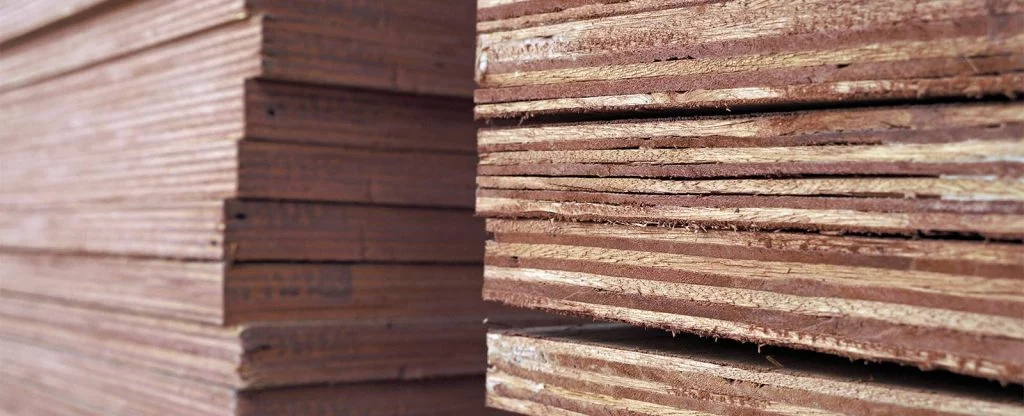
The Role of Formaldehyde: A Hidden Culprit in Plywood
One of the most significant concerns when it comes to plywood toxicity is the use of formaldehyde in the adhesives that bind the layers of wood together. Formaldehyde is a chemical compound used widely in plywood production, particularly in cheaper or lower-grade plywood. This substance has a strong odor and is classified as a carcinogen, which means it is linked to an increased risk of cancer.
Formaldehyde exposure can lead to various health problems. For instance, short-term exposure may cause irritation to the eyes, nose, and throat. People with sensitive respiratory systems may experience coughing, wheezing, and headaches. Long-term exposure to formaldehyde, especially in poorly ventilated spaces, can lead to chronic respiratory problems, such as asthma, bronchitis, and other serious health conditions.
While formaldehyde is most commonly used in urea-formaldehyde resins, which are found in lower-quality plywood, phenol-formaldehyde resins are used in higher-grade plywood and emit significantly lower levels of this harmful substance. Phenol-formaldehyde plywood is often considered safer because of its reduced toxicity, but it still might not be entirely free of emissions.
Is All Plywood Toxic? The Difference Between Low and High-VOC Options
Now that we understand the role of formaldehyde in plywood, the next question is: Is plywood harmful to health in all forms, or are there options that are less toxic? Not all plywood is equally dangerous. In fact, there are significant differences between various types of plywood when it comes to toxicity.
One of the primary factors affecting the toxicity of plywood is the amount of volatile organic compounds (VOCs) it releases. VOCs are chemicals that vaporize at room temperature and contribute to air pollution. In plywood, VOCs are primarily released from the adhesives used to bond the wood layers.
To address health concerns, low-VOC plywood has become an increasingly popular choice. Low-VOC and no-VOC plywood options are specifically designed to minimize the harmful emissions from formaldehyde and other chemicals. These plywood products release fewer toxins into the air, making them safer for indoor use, especially in living spaces or areas with children.
Many low-VOC plywood products are certified by various organizations, such as CARB (California Air Resources Board) and the EPA (Environmental Protection Agency), indicating they meet strict guidelines for formaldehyde emissions. Another important certification is the Forest Stewardship Council (FSC), which ensures the plywood is sourced from responsibly managed forests and free of harmful chemicals.
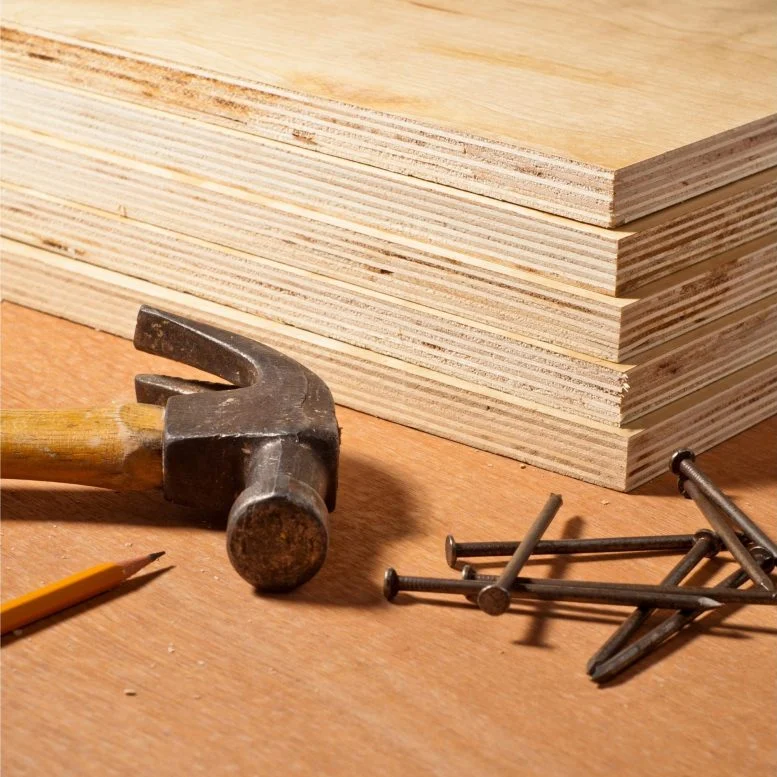
Is Plywood Dangerous to Breathe In?
You may be wondering, is plywood dangerous to breathe in? The answer depends on the type of plywood and how it’s used. When freshly installed or newly manufactured, plywood can release gases, including formaldehyde, which can affect air quality. In poorly ventilated rooms, these emissions can accumulate, increasing the risk of respiratory issues.
For individuals with allergies, asthma, or sensitivities to chemicals, the toxic fumes from plywood can exacerbate symptoms. Respiratory issues, headaches, and dizziness are some of the common short-term effects of exposure. People who live in homes with new plywood installations or have plywood furniture may notice these effects, particularly in enclosed areas where the air doesn’t circulate well.
To mitigate this, it’s essential to ensure proper ventilation when installing or using plywood indoors. Opening windows, using fans, or setting up an air purifier can help clear the air of VOCs and formaldehyde. In general, the longer the plywood is exposed to air, the more the emissions will dissipate, so the risk decreases over time.
Can Plywood Be Harmful? Understanding the Long-Term Risks
It’s important to ask: Can plywood be harmful in the long term? While short-term exposure to plywood’s emissions can cause discomfort, prolonged exposure may lead to more serious health concerns. Continuous inhalation of formaldehyde and other VOCs can contribute to chronic respiratory issues. People who work with plywood regularly, such as construction workers or carpenters, may face increased risks if they are consistently exposed to these chemicals.
Furthermore, long-term formaldehyde exposure has been linked to certain cancers, including nasopharyngeal cancer and leukemia. The risk is particularly high for individuals who work in poorly ventilated areas with frequent exposure to high levels of formaldehyde.
Vulnerable groups, such as young children, pets, and individuals with pre-existing respiratory conditions, may be at a greater risk of experiencing adverse health effects from plywood exposure. For these individuals, it’s crucial to avoid using high-VOC plywood and opt for safer, non-toxic alternatives instead.

Does Plywood Contain Toxic Substances? What to Look For
The question, does plywood contain toxic substances, is something to consider when choosing plywood for your home or project. As mentioned earlier, formaldehyde is the primary chemical of concern in plywood. However, it’s not the only one.
Other toxic substances may also be found in some types of plywood, particularly in cheaper grades. Phenols, solvents, and other chemicals used in adhesives and finishes may be harmful to human health or the environment. For example, some plywood may contain phenol-formaldehyde resins, which, while less toxic than urea-formaldehyde, still release hazardous emissions.
To reduce your exposure to these harmful substances, look for plywood that is free of harmful chemicals. Certifications like CARB 2 (which indicates low formaldehyde emissions) and EPA approval can provide assurance that the plywood meets stringent health and environmental standards.
How to Identify Non-Toxic Plywood for Safer Indoor Use
When purchasing plywood, it’s essential to look for certain labels and certifications that guarantee the product is non-toxic and safe for indoor use. Some of the most reputable certifications include:
- CARB 2 Compliance: This certification ensures the plywood meets California’s strict air quality standards for formaldehyde emissions.
- EPA Certification: The EPA sets formaldehyde emission standards for plywood, which ensures that it’s safe for indoor environments.
- FSC Certification: This ensures the plywood is made from sustainably harvested wood and does not contain harmful chemicals.
In addition to these certifications, it’s also essential to check for low-VOC or no-VOC plywood options. These are specially designed to release minimal or no harmful emissions, making them an excellent choice for homeowners concerned about indoor air quality.
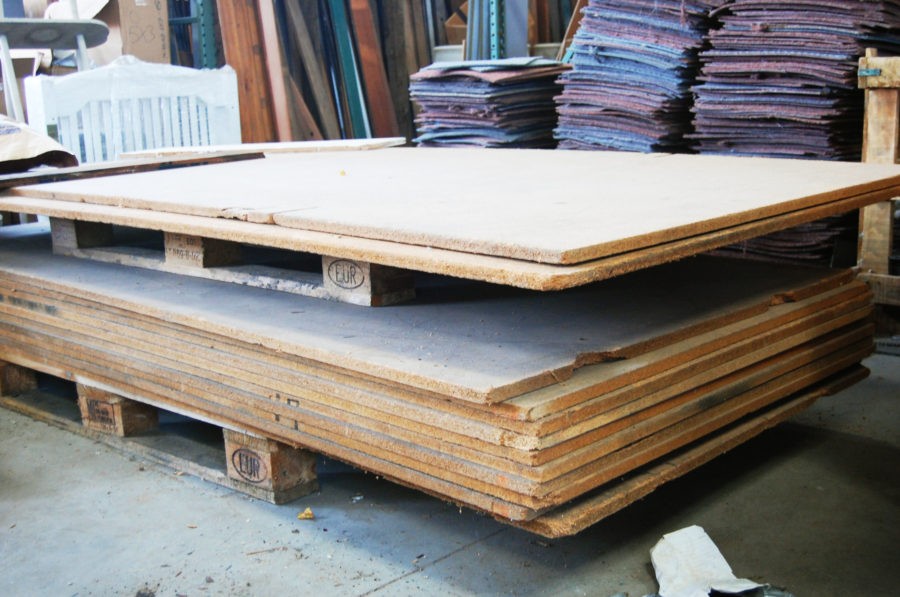
Are There Toxins in Plywood? Environmental Impact Considerations
The question of whether plywood contains toxins extends beyond human health to include the environmental impact of its production. Plywood production involves significant chemical use, and if not properly disposed of, these chemicals can leach into the environment. This could potentially harm ecosystems, air quality, and water sources.
The chemicals used in plywood production, such as formaldehyde and other solvents, can end up polluting the air and waterways if the plywood is discarded improperly. Additionally, the process of logging for plywood production contributes to deforestation, which exacerbates environmental issues like habitat loss and climate change.
Opting for eco-friendly plywood, such as FSC-certified plywood, can help reduce the environmental impact. These products are sourced responsibly and manufactured using non-toxic adhesives, making them safer for both the environment and human health.
Can You Make Plywood Safer? Tips for Reducing Exposure
While plywood can be dangerous, there are several ways you can reduce the risks associated with its use. Here are a few tips to help make plywood safer for you and your family:
- Ventilate the Space: If you’re working with plywood indoors, ensure that the area is well-ventilated. Open windows and use fans to help reduce the concentration of VOCs and formaldehyde in the air.
- Seal the Plywood: Sealing the surface of plywood with a non-toxic finish can help trap harmful chemicals inside, preventing them from being released into the air.
- Choose Low-VOC Plywood: Opt for plywood that is low in volatile organic compounds (VOCs) or completely free of VOCs. This is especially important if you’re working in a confined space or planning to use the plywood for furniture that will be indoors.
How to Choose Non-Toxic Plywood: A Guide for Safe Projects
Choosing non-toxic plywood is essential for ensuring the safety of both your home and the environment. Here’s a comprehensive guide to help you select the safest plywood for your project:
- Look for Certifications: Choose plywood that is CARB 2 and EPA certified. These certifications indicate that the plywood has low formaldehyde emissions.
- Consider the Resin: Opt for plywood made with phenol-formaldehyde resins, as they emit fewer toxins than urea-formaldehyde resins.
- Prioritize Eco-Friendly Options: Always choose FSC-certified plywood to ensure the wood is responsibly sourced and free from harmful chemicals.
By following these guidelines, you can ensure that the plywood you choose is both safe for your home and environmentally friendly.
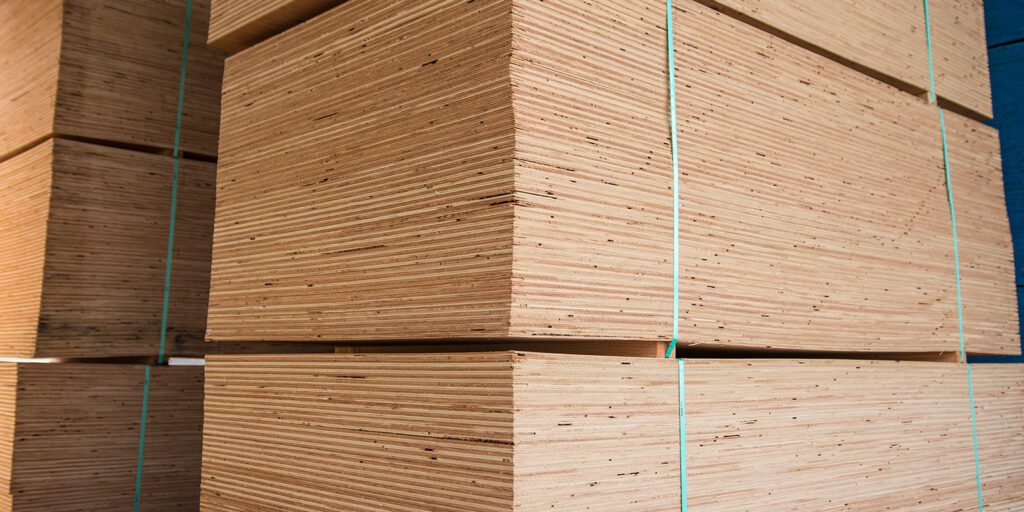
Are There Healthier Alternatives to Plywood?
If you’re still concerned about the potential toxicity of plywood, there are several alternatives you can consider. Solid wood, for instance, is a non-toxic option, as it doesn’t require adhesives. Other alternatives like bamboo, MDF (medium-density fiberboard), and OSB (oriented strand board) can also be used in place of plywood, depending on the needs of your project.
While these alternatives may come with their own set of pros and cons, they generally offer safer options for people who are concerned about plywood toxicity. Bamboo, for example, is a fast-growing material that’s considered more environmentally friendly than plywood, though it can be more expensive.
The Final Word: Is Plywood Toxic? What You Need to Know
In summary, plywood can be toxic, especially if it contains high levels of formaldehyde and other harmful chemicals. However, not all plywood is equally dangerous. By choosing low-VOC or no-VOC plywood, looking for proper certifications like CARB 2 and EPA, and opting for eco-friendly plywood options, you can minimize the health risks associated with its use.
Making Smarter, Safer Choices for Your Home and Health
Ultimately, when it comes to choosing plywood for your projects, it’s important to prioritize safety. While plywood can be harmful if it contains toxic substances, safer options are available. Always opt for low-toxicity plywood when working indoors or in areas where you spend a lot of time. With careful selection, you can ensure that your projects are not only safe for your health but also for the environment.